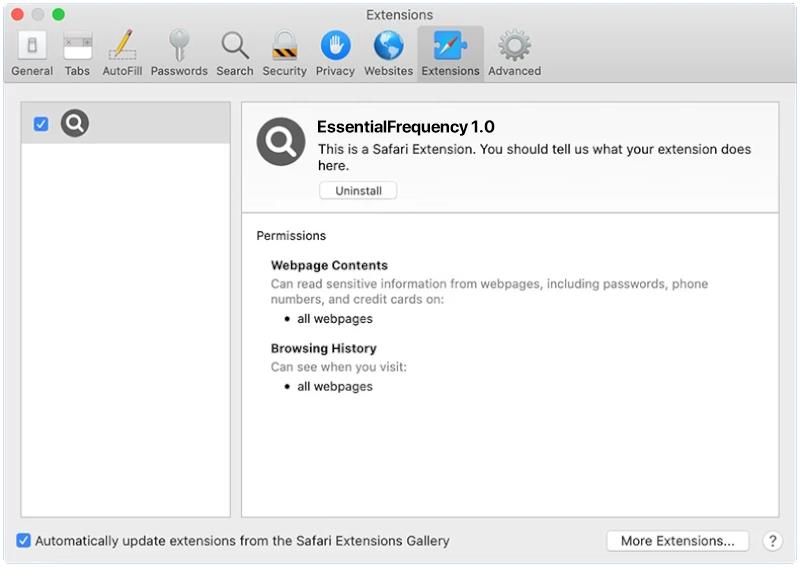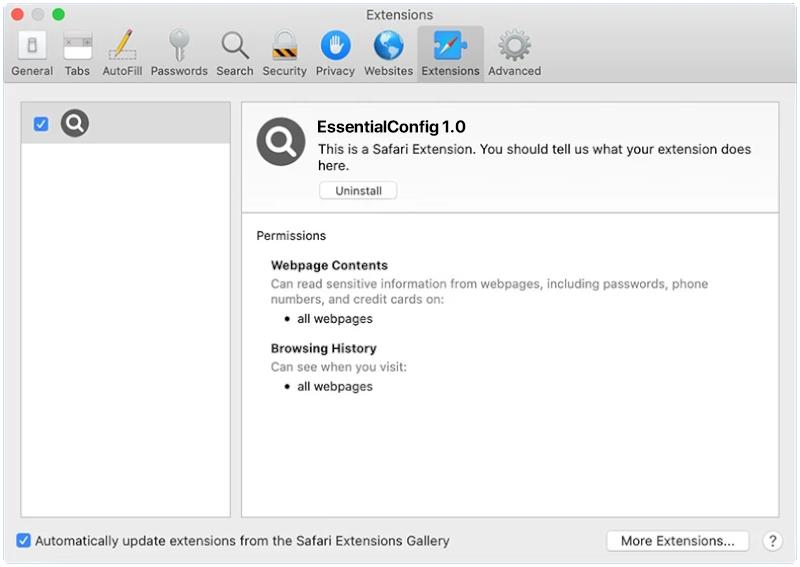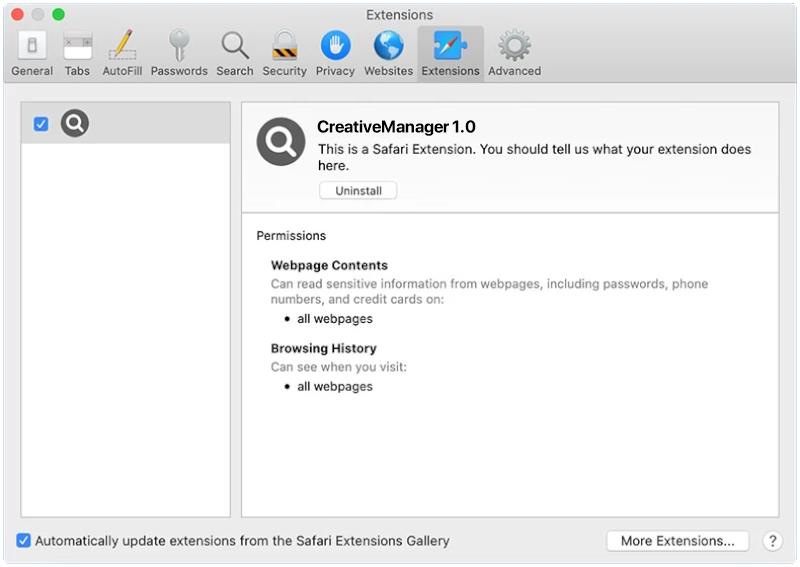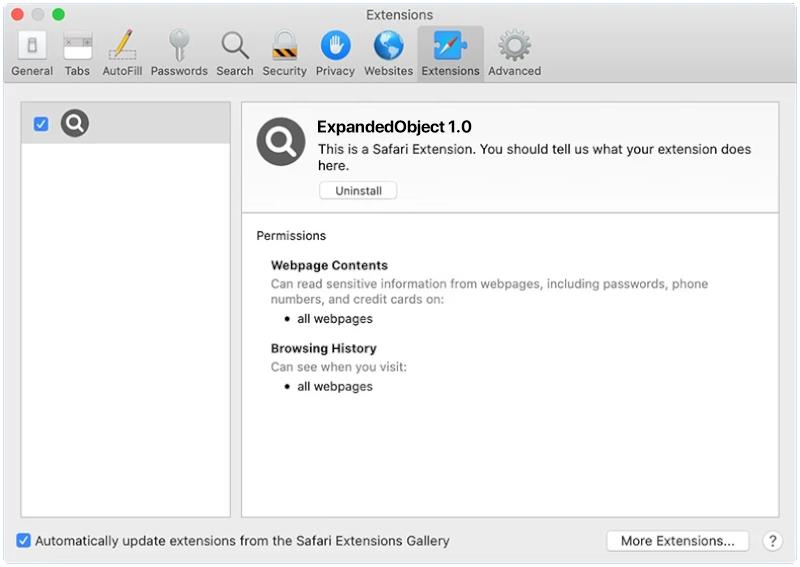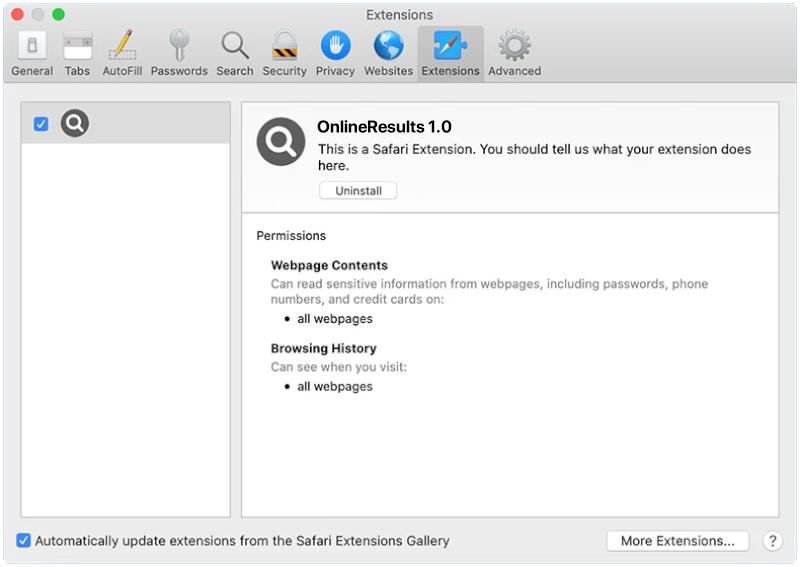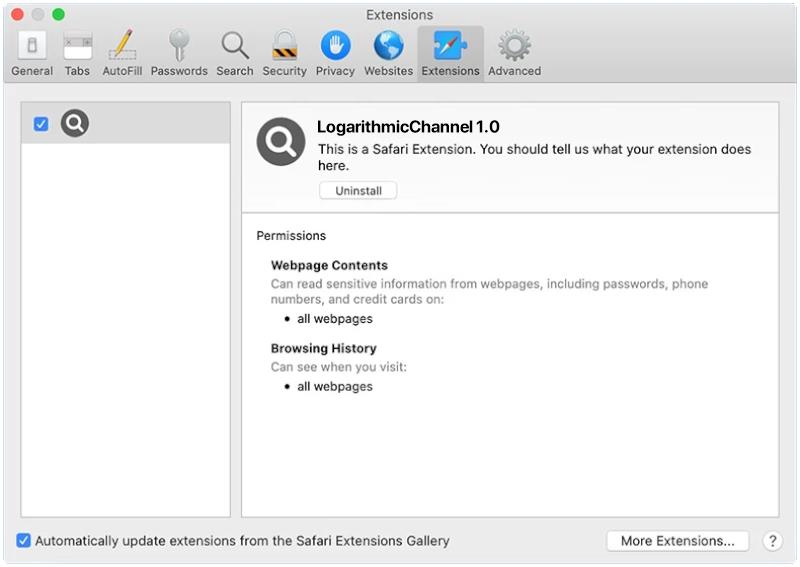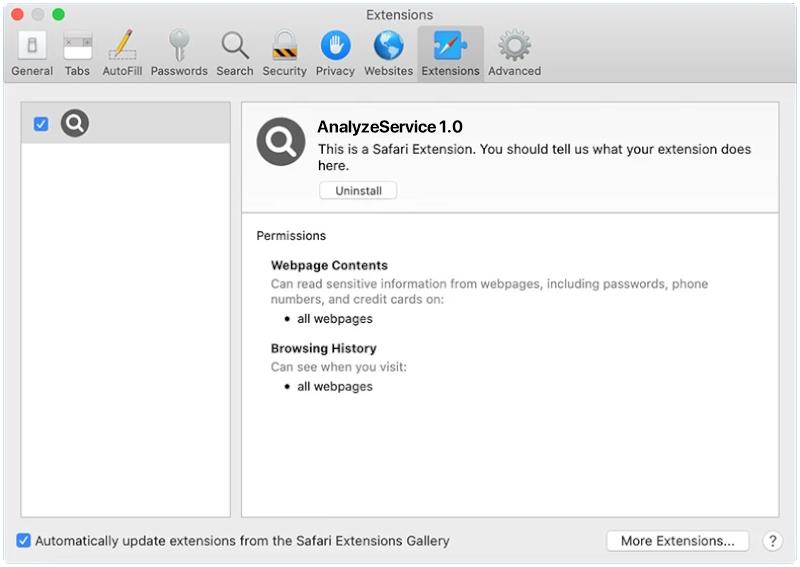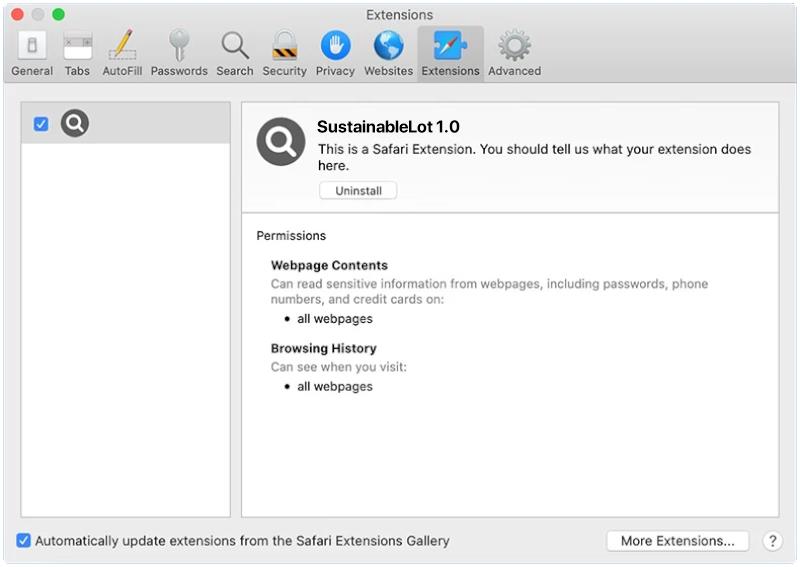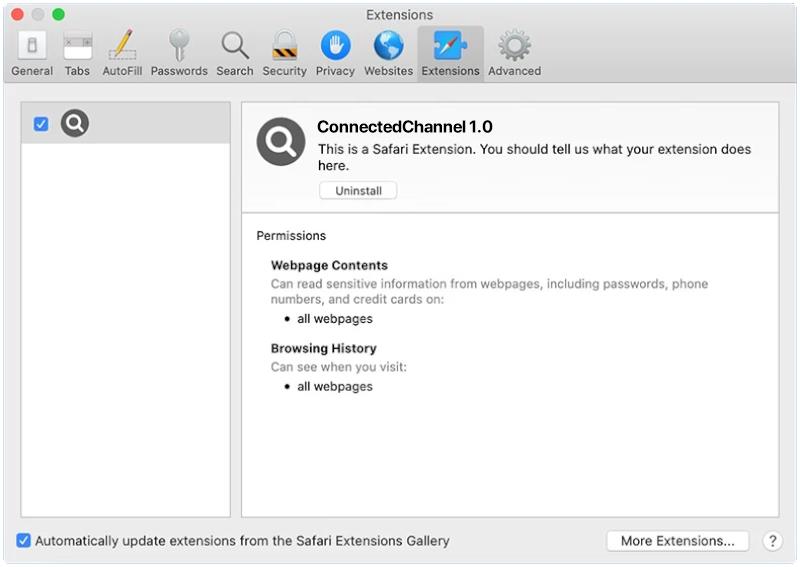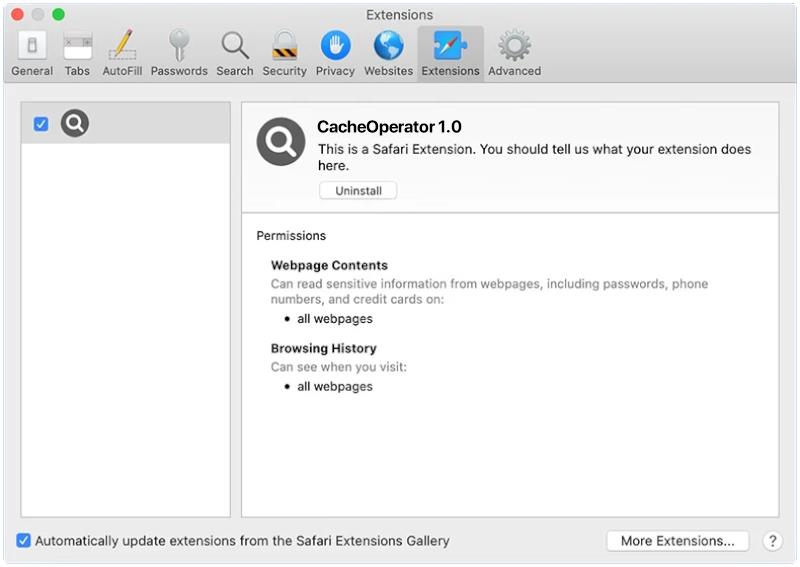EssentialFrequency is a type of malware that infects Mac systems by disguising itself as a legitimate software program or file. Once installed on a Mac computer, EssentialFrequency can perform a variety of malicious activities, such as stealing sensitive information, monitoring user activity, or downloading additional malware onto the system. This malware is particularly dangerous as it can operate silently in the background, making it difficult for users to detect its presence on their Mac devices.
EssentialFrequency typically spreads through phishing emails, malicious websites, or software downloads from untrustworthy sources. Once a Mac system is infected, EssentialFrequency can exploit vulnerabilities in the operating system to gain access to sensitive data or compromise system security. To protect against EssentialFrequency and other types of malware, Mac users should be cautious when downloading software or clicking on links, keep their operating system and security software up to date, and regularly scan their system for any potential threats.

